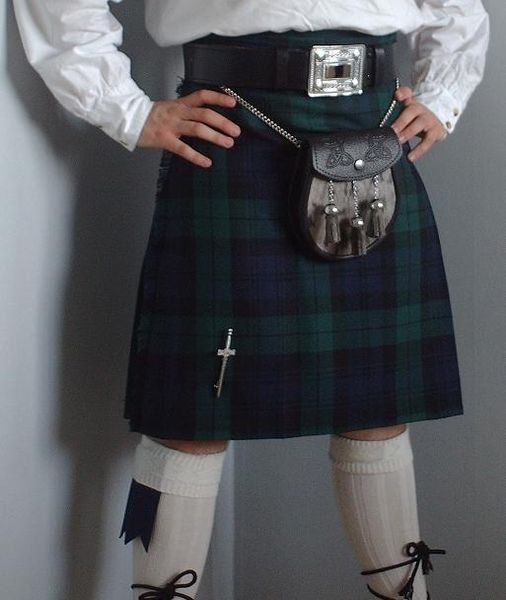Curiosities
|
|
 |
| By Thomas Hawk. C. Commons |
Under King George III, the Government also issued a Highway Act (1773) which recommended people to keep to the left on public roadways and streets.
Countries that became part of the British Empire adopted this keep-left rule.

|
| Elaboración propia. Derechos cedidos a la Consejería de Educación de la Junta de Extremadura. |

|
|
Elaboración propia. Derechos cedidos a la Consejería de Educación de la Junta de Extremadura.
|
The term Black is used to refer to people of a racial group with a light brown to a black skin-colour. It is correctly used and is not considered offensive. On the other hand, the term nigger, from Spanish or Portuguese negro (Lat. niger), is a pejorative term to refer to people from that race, especially from the 1960s on, although before that year, most polite people and writers avoided using this term. This is what Scarlett said about a slave:
'You're a fool nigger, and the worst day's work Pa ever did was to buy you,' said Scarlett slowly. ... There, she thought, I've said 'nigger' and Mother wouldn't like that at all. [Margaret Mitchell, Gone With the Wind, 1936]
The term Negro is also used in English to refer to people of a black-skinned race, but it is also offensive on some occasions. Taking that into account, you should try to be polite when referring to people of a different race from yours and use the terms appropriately, use Black people.
 |
| By Madeira. C. Commons |
Thunderstorms occur throughout the world, but did you know that they are very frequent in tropical rainforest areas? In these areas there may be a thunderstorm every day! Two cities in Africa have been considered as the places where thunderstorms are more frequent on Earth. They are Kampala and Tororo. The former is the largest and capital city of Uganda, the latter is in Uganda, too, near Kenya. If you want to know more about thunderstorms, click here.
Climate, as Paco knows, is very different from a place to another. Did you know that the terms climate and weather are completely different. Paco knows it perfectly because one of the subjects he has studied at University is Geography... Have a look here to know in which way they are different and get to know some of the things Paco knows about the subject!
 |
| By Anonymous. Public domain |

|
| By unknown. Public domain |

|
| By Artifex. Public domain |
"I have no dress except the one I wear every day. If you are going to be kind enough to give me one, please let it be practical and dark so that I can put it on afterwards to go to the laboratory"